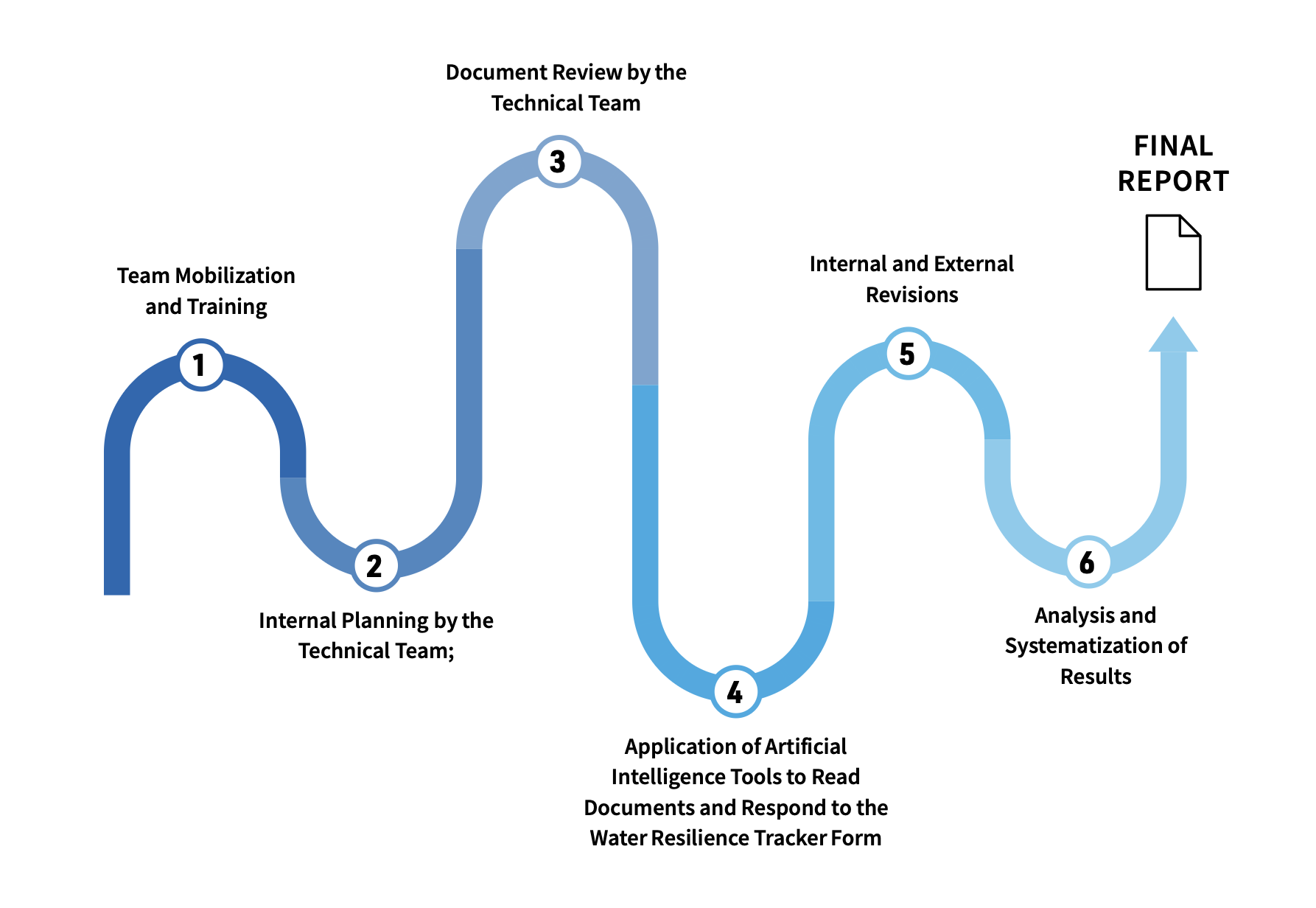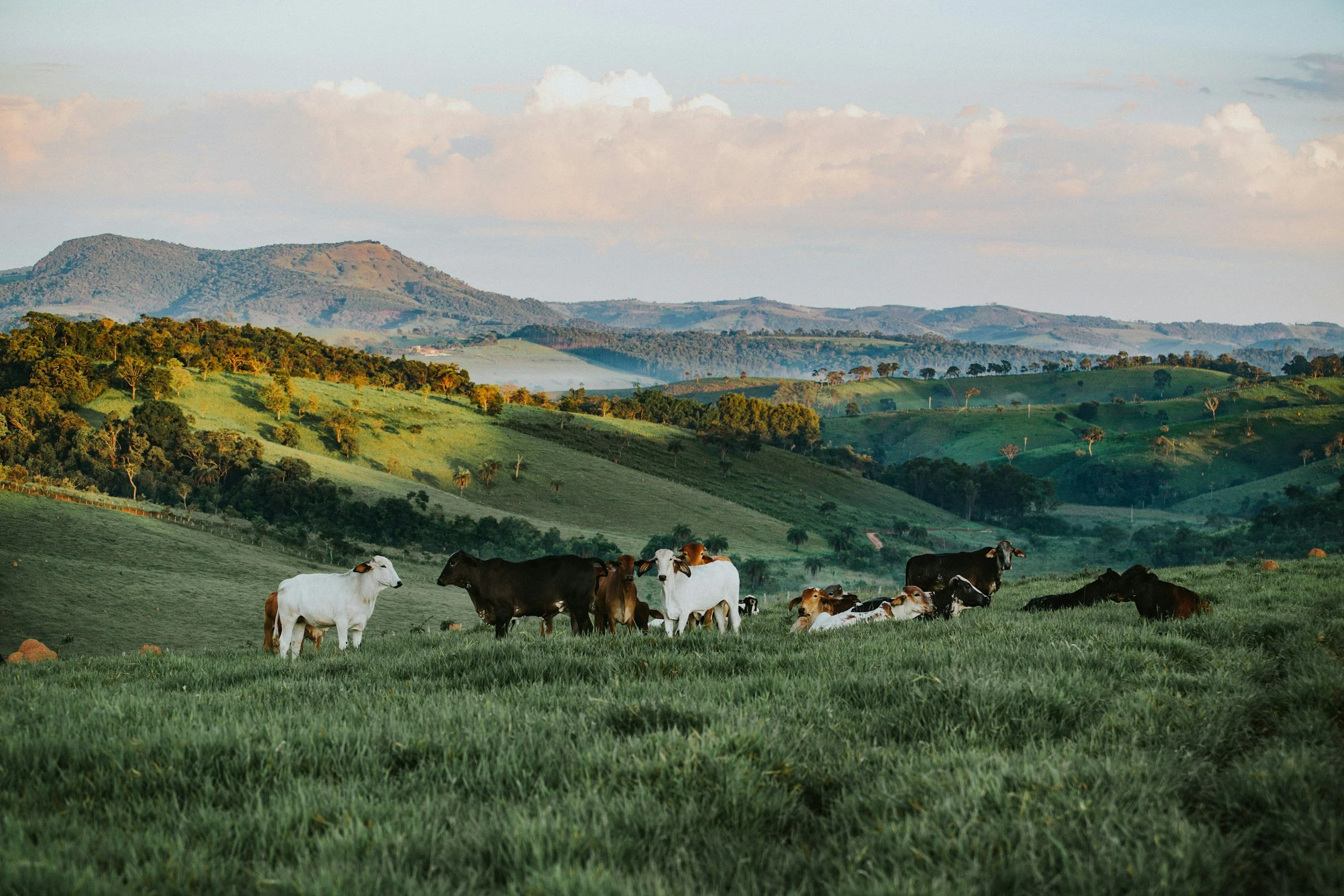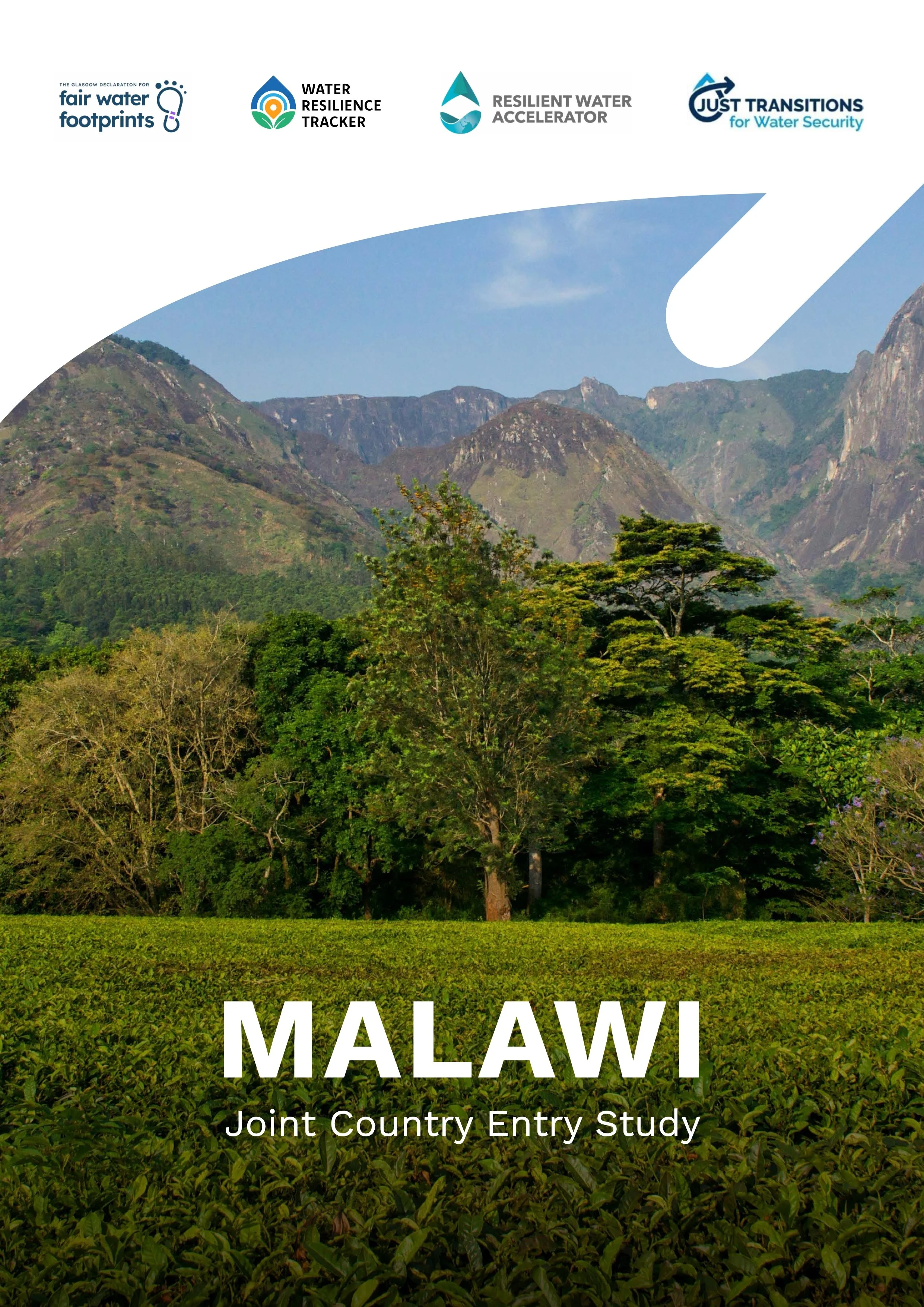Malawi
The impacts of climate change on Malawi are worsening. Malawi's government is implementing several key actions to assist in climate change adaptation and mitigation.
To improve the resilience of its vulnerable population and ecosystems, Malawi has designated adaptation as a top priority at the national level.
Malawi is a land-locked country in southern Africa that lies along the southern most arm of the great East African Rift-Valley System. Malawi has experienced a range of climate-related effects in the last few decades, including increased frequency and intensities of flooding and drought. Most notable shocks are erratic rainfall, droughts, prolonged dry spells and strong winds.
Malawi’s Nationally Determined Contribution (NDC) were revised in 2021, and present a series of ambitious adaptation and mitigation goals for the country. Malawi’s GHG emissions are currently among the lowest worldwide, both on an absolute and a per capita basis. However, under a business-as-usual (BAU) scenario, emissions are forecast to increase by more than three times by 2040.
The Water Resilience Tracker has been especially usual as a resource for national climate planners and policymakers. It has also been useful for line ministries, civil society, investment banks, aid agencies, and other groups with a stake in evaluating the credibility and efficacy of national climate instruments, such as the NDCs and National Adaptation Plans (NAPs).
Malawi’s climate change planning framework clearly recognizes water as a sector and hydrological impacts of climate change, however water is not readily identified as an opportunity. This is most evident in there being no clear consideration of water requirements for adaptation and mitigation goals and actions. Mainstreaming water as an opportunity throughout climate change policy and planning documents could help shift the focus away from the negative impacts on water and water-related impacts on people and the environment.
-
The changing climate has affected various sectors of the economy including agriculture, health, water, energy, transport, education, gender, forestry, wildlife and infrastructure.
The World Bank projects the following temperature and rainfall changes for Malawi:
Mean annual temperature is projected to increase by 1.1 to 3.0°C by the 2060’s, and by 1.5 to 5.0°C by the 2090's. Annually, projections indicate that ‘hot’ days will occur more often.
All models consistently project increases in the proportion of rainfall that falls in heavy events in the annual average of up to 19 percent by the 2090's.
Changes in precipitation and temperature may jeopardize Malawi's food security and the lives of many Malawians. According to the Germanwatch Global Climate Risk Index, Malawi was one of the top three nations most impacted by climate change in 2015.
Poverty, rapid population growth, and associated overexploitation of natural resources, combined with a heavy reliance on subsistence rain-fed agriculture are all factors that make Malawi more vulnerable to the effects of climate change.
The Water Resilience Tracker in Malawi was initiated under the water workstream of the Adaptation Action Coalition with support from the Government of the United Kingdom and the Dutch Ministry of Water Resources and Infrastructure.
Our Approach
The Water Resilience Tracker was applied to analyze eight national documents including Malawi’s Nationally Determined Contribution (NDC), the National Adaptation Plan to Climate Change. These documents form the foundation of Brazil’s national climate change, water resource, and sectoral strategies directly influenced by water and extreme events.
The eight documents were assessed to map how adaptation is addressed — or omitted — within national plans, identifying gaps for potential improvements in the analyzed documents. The assessment has 6 general steps (see Figure 1).
The primary tool for content analysis is the Water Resilience Tracker Form, which contains 153 questions distributed across four sections. Responses were based on an innovative dual process combining artificial intelligence tools with human evaluation capacity.
Figure 1. Flowchart of the methodological steps
Impact of Tracker tool
Awareness of the Water Resilience Tracker tool upfront was low, however after the workshops there is now a clear willingness for this to be institutionalized within both Ministries in attendance.
The initial implementation of Water Resilience Tracker for National Climate Change Planning in Malawi has provided key insights into the strengths and weaknesses of the Malawian National Climate Change Planning Framework.
-
A national verification and validation workshop for the initial implementation of the Water Tracker tool was held in Lilongwe on the 17th of March 2022. The workshop was opened by the Minister of Natural Resources and Climate Change the Honourable Eisenhower Nduwa Mkaka. There were a number of senior representatives in attendance from both the Ministry of Natural Resources and Climate Change and the Ministry of Water and Sanitation.
The objectives of the workshop were threefold:
increase awareness of the Water Tracker Tool among key officials / stakeholders in the water and climate sectors;
present and discuss the initial results from the application of the Water Tracker in Malawi; and
discuss opportunities for next steps and further action.
Key outcomes from the workshop included:
General consensus that the Water Tracker tool is potentially useful and needed, it aligns well with existing programs. Integration of implementation for multiple water-related programmes is key.
Initial results from the assessment conducted are familiar, with some key results being prioritised as key opportunities going forward.
Interpretation of the Water Tracker assessment questions was similar to the interpretation and assessment of the planning documents conducted prior.
Water is identified clearly as an opportunity across most planning documents; however, both adaptation and mitigation commitments do not consider water use requirements in any of the documents assessed.
All planning documents include explicit capacity building programs and facilitate bottom-up and top-down institutional engagement processes. On the other hand, there are limited mechanisms in place to support adjustment of adaptation approaches reflecting real-time learning during implementation. This is only reflected in the general NAP process and partly in the National Resilience Strategy.
Next Steps
Based on the results of the Water Resilience Tracker application and the improvement opportunities identified in the national documents the following actions are recommended to enhance climate instruments and strengthen water resilience in the face of climate change:
-
Continued high-level engagement on the importance of the Water Tracker to assist with the effective integration of water considerations in national climate planning processes and documents.
Development of a dedicated forum or platform such as a Technical Working Group within the Climate Change Department under the Ministry of Natural Resources and Climate Change, to implement the findings of the Water Tracker and continue to utilise the Water Tracker over time. This could be a new structure or simply the allocation of roles and responsibilities to an existing Technical Working Group. It is recommended that this institutional structure is co-chaired by relevant technical members from the Ministry of Water and Sanitation and Ministry of Natural Resources and Climate Change.
The Malawian National Planning Commission and any other relevant Ministries or Departments should be included where relevant and possible with the resources available.
-
For building capacity on policy analysis with a specific focus on the integration of water into climate change planning.
The Water Tracker tool and the accompanying guidance document should be the basis for a targeted capacity building activities for the implementation of the tool over time, to ensure the relevant members of the Technical Working Group are effectively capacitated to carry out their roles and responsibilities.
-
To cover not only additional climate change planning documents but also to include sector specific policies, strategies and planning documents.
Together with the accompanying Guidance Document, the implementation of the Water Tracker can be a continued process to continually improve the findings over time and develop appropriate recommendations as Malawi’s Climate Change Planning Framework is further developed.
-
To understand the progress of successive future planning/policy documents with respect to how they integrate water and climate change, the Water Tracker can be applied to successive versions of the same document to demonstrate how the planning document integrates water considerations over time. This can be done retrospectively as well to learn about how climate change planning documents have integrated water over time. For example, the 2013 Draft Climate Change Policy provided the basis for the 2016 National Climate Change Management Policy (NCCMP).
The initial assessment shows that several key water-related considerations did not get transferred from the Draft Policy into the NCCMP when it was adopted.
Ultimately, this process will assist to inform the development of future climate change planning documents in a manner than is consistent with the progressive improvement of the Water Tracker.
Brazil’s government has already recognized what a valuable tool and approach the Tracker is at a national level and will be using its questionnaire for regional planning as well as in the development of four climate-resilient river basin management plans.
This report presents and evaluates the first application of the tool in Malawi’s general and sectoral strategic plans.
The report provides a detailed overview of the Water Resilience Tracker’s work in Brazil including regional challenges and detailed findings.








